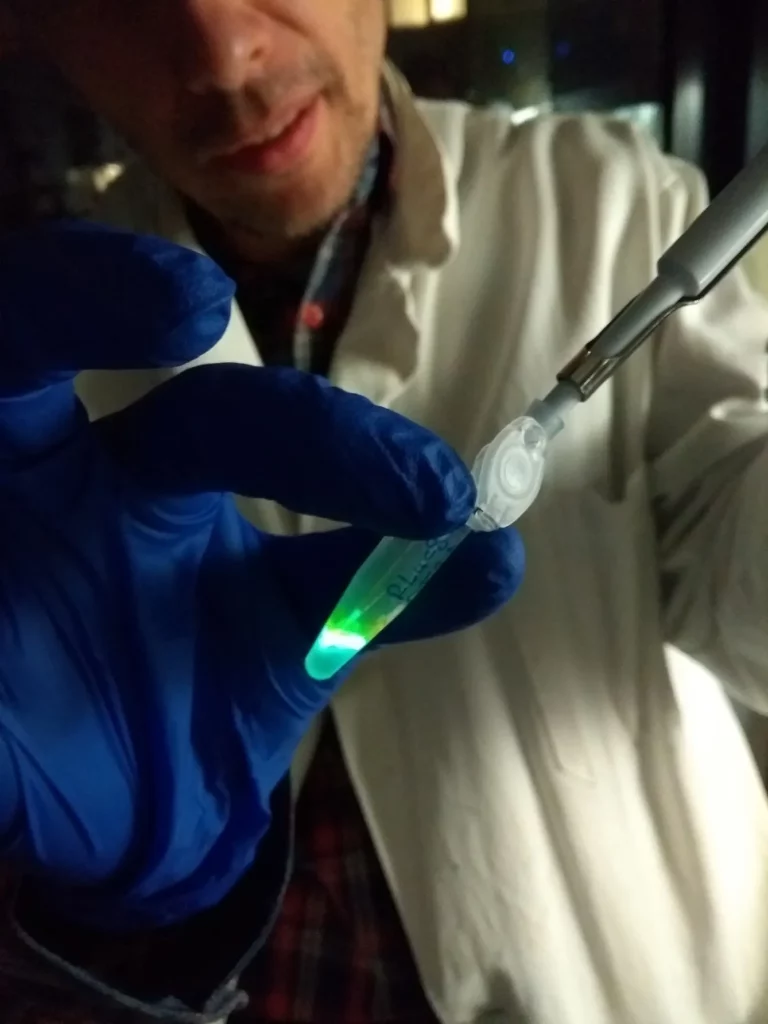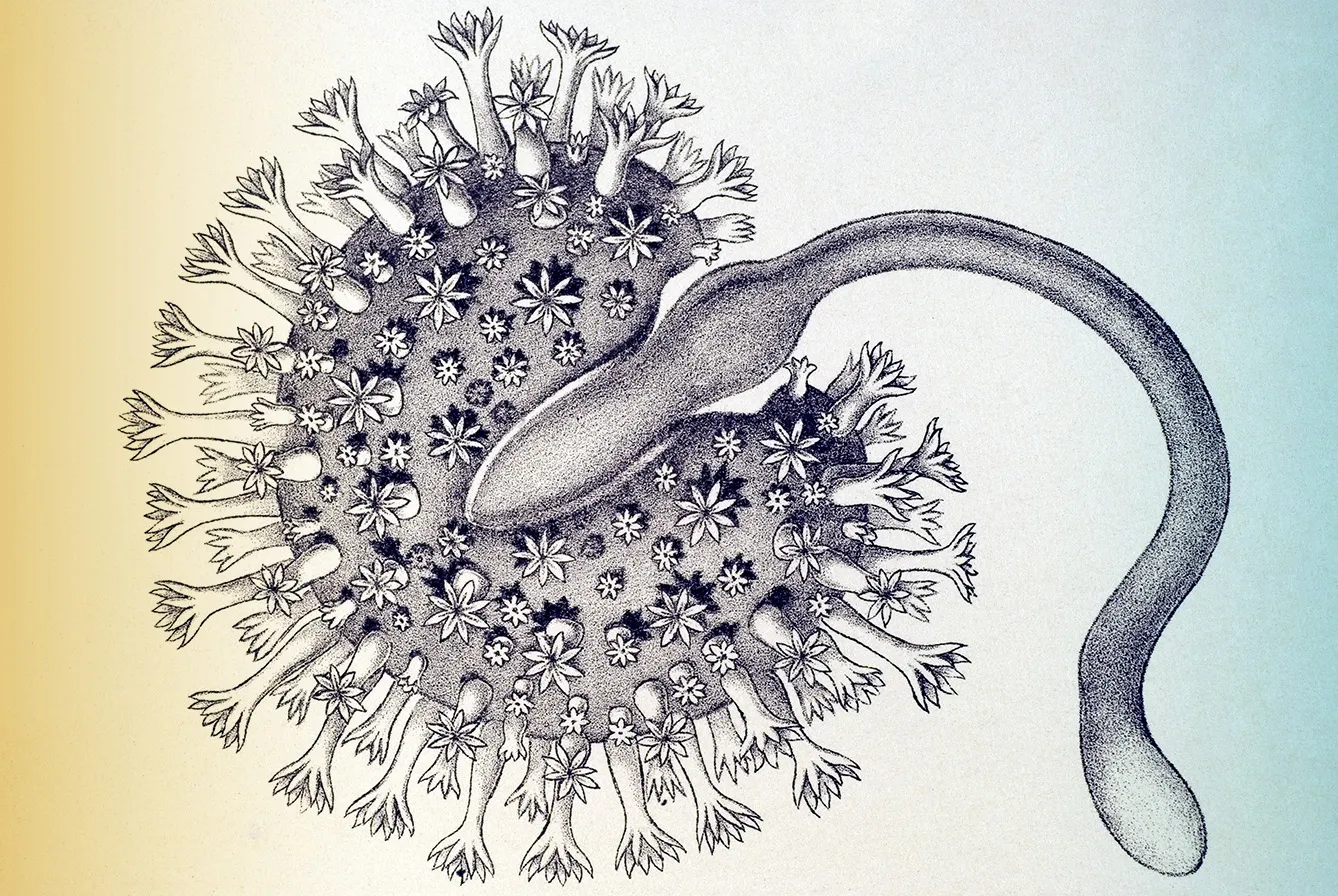
The light bulb, a revolutionary invention perfected and patented by Thomas Edison that converts electricity into light, has made our daily lives easier for more than 140 years. But can the light bulb be replaced? According to scientists at Masaryk University in Brno, Czechia, yes.
The answer swims in the sea
Scientists from the Faculty of Science at Masaryk University have cracked the mystery of light without electricity. They have investigated the mechanism of the luciferase enzyme in Sea Pansy. With their research on this simple marine organism, they could light up our streets in the future. How so? This primitive organism living at the bottom of the seas and oceans emits the so-called “cold light,” also called bioluminescence, which became an inspiration. Scientists worldwide have been trying to explain this process for the last four decades, but only Brno scientists have discovered its molecular basis.
(Un)Limited source of Light
Scientists have understood what makes the enzyme glow. They’ve even replicated the process in a test tube and can “tune” the enzyme to generate light of the desired wavelength and with the targeted light duration. But now they face the most critical research question: how long can the enzyme glow without interruption? So far, under laboratory conditions, they have lit the tube for 48 hours.
The only limitation is the need to know how living organisms synthesize energy-rich luciferin. Because just as a nuclear reactor needs enriched uranium, so is needed luciferin for light. So scientists have discovered how the process works, and now they need to crack the secret of luciferin regeneration to unlock the path to infinite light.
Our planet’s resources are not bottomless; fossil fuels that are not renewable are constantly used, and their massive use negatively impacts the global ecosystem and human health. Luminescent enzymes could be used in our everyday lives, not just in laboratories where they are commonly used.







